There are many drugs, each with its own specific characteristics. Absinthe, however, has or had an almost mythic status among artists. La Fée Verte, as if was sometimes called, has had enormous influence on European art and literature, especially from the middle of the 1800s and until it was forbidden in many countries, starting in Belgium in 1906, and finally in France in 1914, and it is closely connected to a discussion on creativity and insanity.
Absinthe is an alcoholic beverage, and most, perhaps all, of its destructive effects are a result of alcohol damage. But what's controversial with absinthe is that it contains wormwood, and wormwood contains a substance called thujone, which is toxic. This is the chemical to which is attributed the ability to create hallucinations. It has shown to be a GABA antagonist, which can make it cause convulsions, muscular spasms, sleeplessness and anxiety. By triggering a higher neuron activity, it has a clear psychoactive effect. (GABA, gamma-aminobutyric acid, is a neurotransmitter. A neurotransmitter is a chemical substance which relays signals between nerve cells. GABA is an inhibitory neurotransmitter, which roughly means that it calms and balances the system. Thujone is a GABA antagonist which blocks the receptors for GABA and overexcites the system.) Thujone is toxic to brain and liver, but fairly large amounts are required to cause irreversible damage.
Absinthe has proved to contain much less thujone than was earlier believed, merely traces. That has led to that absinthe has been widely made legal again during the latest couple of decades, although with some restrictions on the amount of thujone it is allowed to contain in some jurisdictions.
Apart from in wormwood, thujone can also be found in some other plants, not at least in the herbal spices oregano and sage. (Sage oil can contain up to 50% thujone.)
While the thujone in absinthe did neither cause the wondrous effects that are ascribed to it by its users, nor any damage, it was too little to have had any essential effect at all, hardly any drug has ever had such a cultural impact on the creative work of an whole era.
We have already seen how Baudelaire and Rimbaud praised it. It is easy to find other examples. Writers and artists paid their tribute to the Green Fairy in words and pictures. Paris was the capital of creative art, and Paris was romanticising absinthe, made a cult of its use.
This is a pastel from 1887 by Henri de Toulouse-Lautrec, showing Vincent Van Gogh with an absinthe. (Original at Van Gogh Museum, Amsterdam):
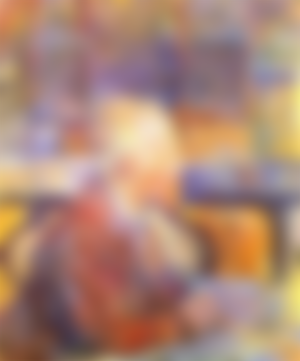
And this is Le Buveur d'absinthe (The absinthe drinker), 1859, by Édouard Manet, his first major work and one of the first occurrences of absinthe in art. (Original at Ny Carlsberg Glyptotek, Copenhagen.)
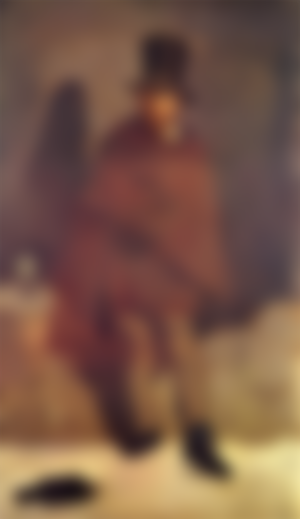
Later, in the propaganda for a prohibition, the Green Fairy had many enemies, and they were as imaginative as her defendants. What they describe might have happened, but it was hardly the result of the thujone in absinthe. It suspiciously looks like a result of chronic alcoholism.
As in: I am the green fairy, a poem by Marie Corelli (1855-1924):
"I am the green Fairy
My robe is the colour of despair
I have nothing in common with the fairies of the past
What I need is blood, red and hot,
The palpitating flesh of my victims
Alone, I will kill France, the present is dead,
Live the future...
But me, I kill the future and in family I destroy
The love of country, courage, honour,
I am the purveyor of hell, penitentiaries, hospitals.
Who am I finally?
I am the instigator of crime
I am ruin and sorrow
I am shame
I am dishonour
I am death
I am Absinthe"
Or this from a petition to ban absinthe, Croix Bleue, 1906:
“Absinthe makes you crazy and criminal, provokes epilepsy and tuberculosis, and has killed thousands of French people. It makes a ferocious beast of man, a martyr of woman, and a degenerate of the infant, it disorganizes and ruins the family and menaces the future of the country. [France]” .
Strindberg, who expressed various opinions about absinthe in different works, was probably right when he wrote in "Son of a Servant" that
“Musset didn't write as he did because he drank absinthe, instead he drank for the same reason for which he wrote like that: namely out of despair."
This, I'm sure, was more alcoholism than an abuse of thujone. Absinthe was fashionable, otherwise Musset might as well have been drinking wine or vodka.
Here is a photographic self-portrait by August Strindberg. It was taken 1886. To the left in the picture is an absinthe glass with a spoon in it.
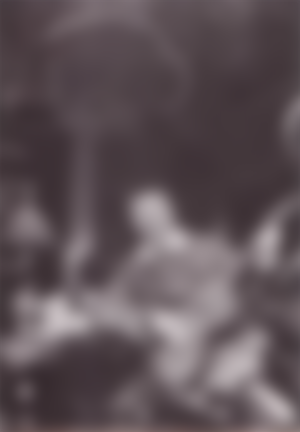
So, if it was not from thujone, from where came the creative impact of absinthe? From alcohol? No. Alcohol in small amounts can stimulate creativity temporarily, but not to such an extent. I think much of the appeal and power of the Green Fairy rested, and rests, in her mythic qualities. The drinking of absinthe was a veritable cult providing its believers a sort of placebo effect. These artists were drunkards who suffered serious damage of chronic alcohol abuse, but their Green Muse, la Fée Verte, was a product of their creativity, not of chemistry and pharmacology; she lived only in their rituals and imagination. Nevertheless her magic wand was powerful. After all, mind is stronger than matter.
Appendix/Discussion: The colour of Absinthe
Why is the fairy referred to as green?
Genuine absinthe is green, and the colour comes from the chlorophyll of the wormwood. No doubt, the suggestive and beautiful green colour has contributed to the mythic framework of absinthe.
“Ah! the Green Goddess! What is the fascination that makes her so adorable and so terrible?” (Aleister Crowley)
In Flower Paintings and Animal Pieces, 1888, Strindberg described how the absinthe didn't taste good without the right colour.
“He, who has had the common habit of drinking green absinthe, shall with disgust put a white one to his lips. This happened to me in Switzerland, where I used to 'à six heures moins un absinthe' to rest my nerves at such bringer of joy. One day I am served a white product of this, which I sent back as being awful, with the request of a green one. The waiter answers me that they have no green. The host approaches and explains that the product is the same, but he could colour it without altering its taste if I insisted on the green colour. Yes, he got to colour it, and it tasted excellent! ”
That shows how different senses can affect each other, and especially that the sense so dominant to us, sight, also influences how we perceive non-visual sensations.
This is well-known within the food industry. Why otherwise would food, candies and beverages be so full of colouring additives? An appealing colour makes the consumer believe it tastes better.
Sight is the dominant human sense. As I wrote in "Meriondho Leo" in December 2010 "Of the perceptional information our brain receives, 80-90% is related to sight, and of that more than 80% is related to colour." So, colour is important to us; in terms of perception it totally dominates our brain. By clever use of colour, it is possible almost boundlessly to dupe the human mind.
In that view various forms of partial or total colour blindness might be a greater disability than it first seems. Perhaps it makes the person harder to dupe, but it must also profoundly limit factual experience as well as imagination, and thereby creativity.
But what if it forces the development of other senses instead?
Totally blind individuals can compensate some aspects of their sight by extreme development of other senses. Not at least, some of them can learn to feel colours with their skin, mainly their fingertips. This is an ability we all have, if we just find it worthwhile to develop it.
That leads to an interesting question: Is sight so dominating that it blinds us (no pun intended) from our other senses of perception and stops us from developing their full potential? Should we actively - and in a self-controlled way - try to suppress the influence of sight temporarily in order to develop other senses more?
In my opinion, yes. In general terms: a very dominant quality must sometimes be consciously suppressed in order to provide training of other qualities.
Are we able to see without sight if we just have to? Maybe. But it might be another vision than the ordinary one, a more profound vision that reveals the essence of what is observed rather than the mere structure of its surface. As James Joyce wrote in Ulysses, 1922: “Shut your eyes and see.”
Related article: Mindfood & Drugs, Creative Genius & Insanity
(This article is based on material previously published in Meriondho Leo and in my e-book “The Promethean Fire”, 2018.)
Copyright © 2014, 2018, 2020 Meleonymica/Mictorrani. All Rights Reserved.
Here you can find my articles about History, History of Literature, History of Art, Health & Medicine
Interested in history, legends and myths, join my community History, Myths, Legends & Mysteries (be45).
You find all my writings on Read.Cash, sorted by topic, here.
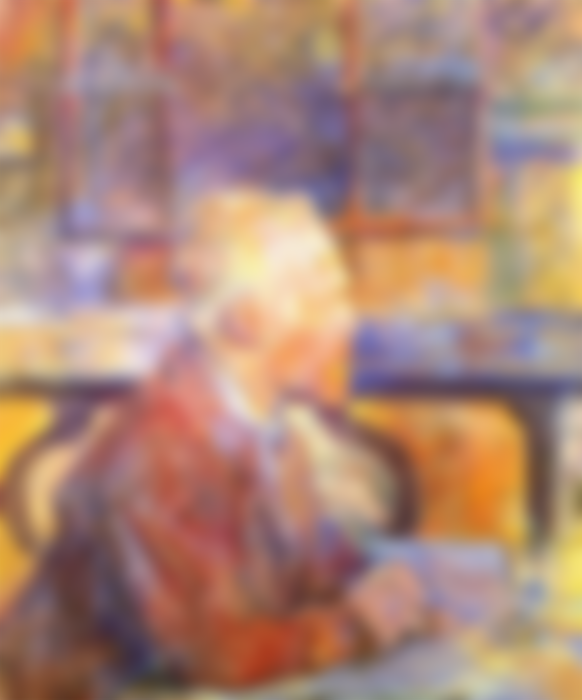
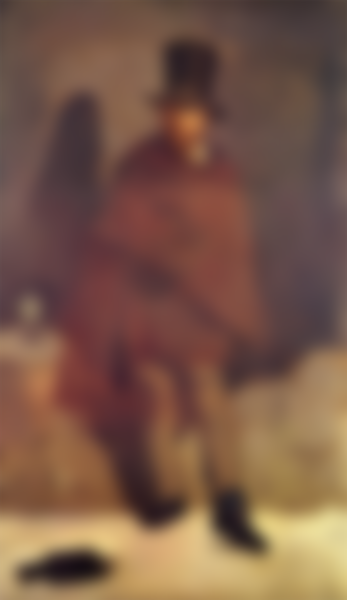
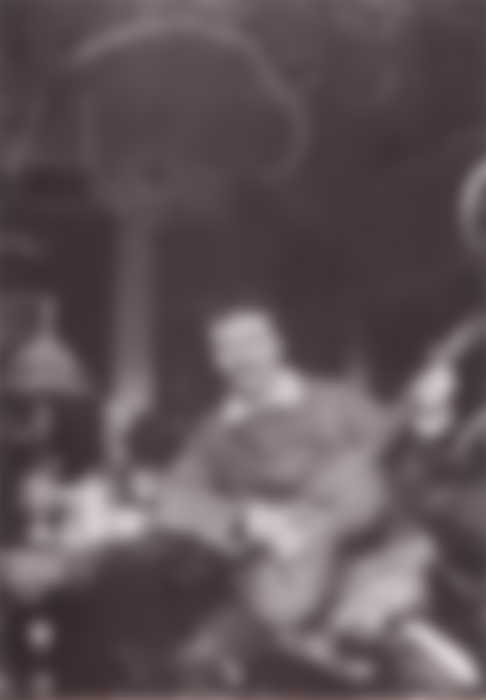
One unique Vincent.